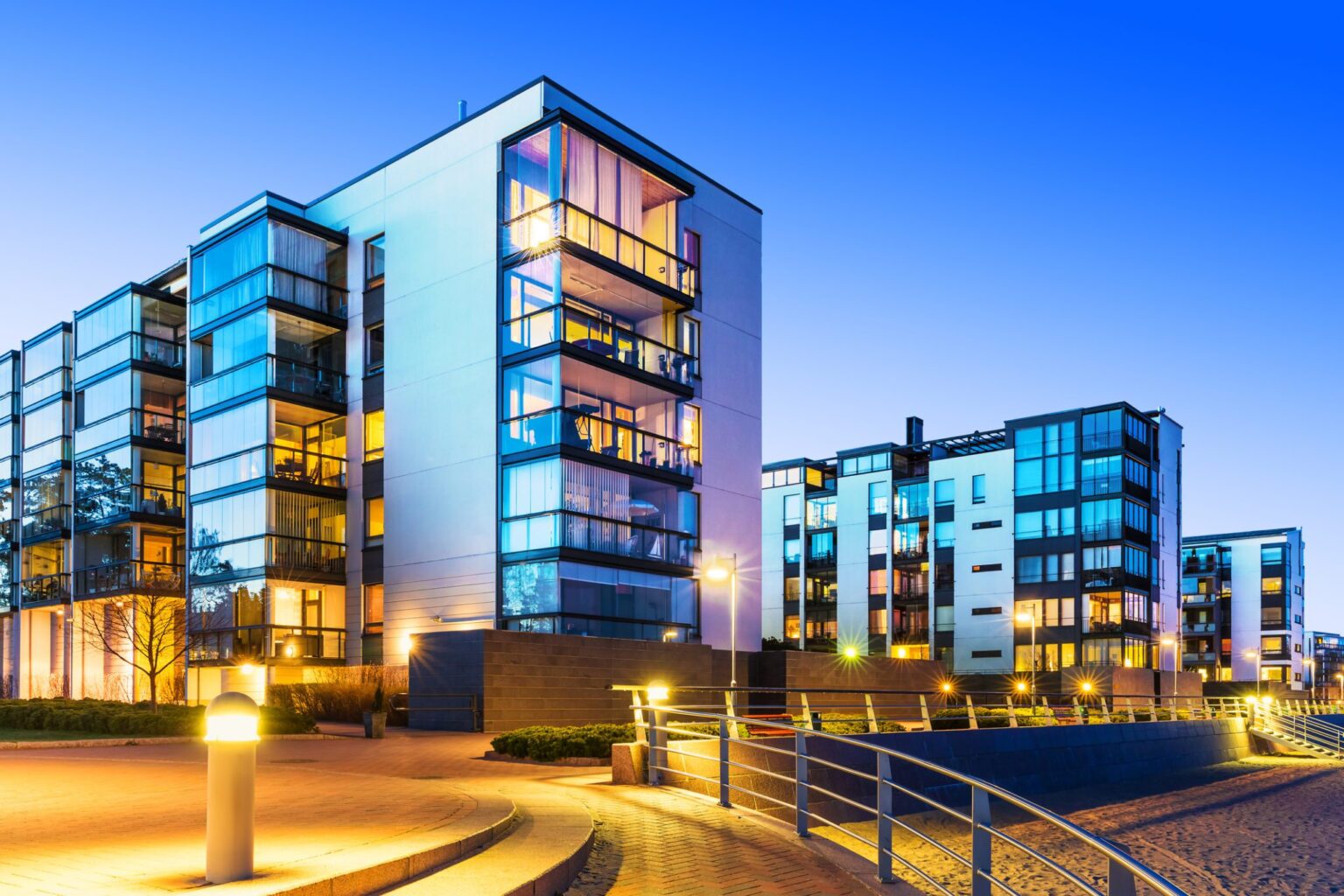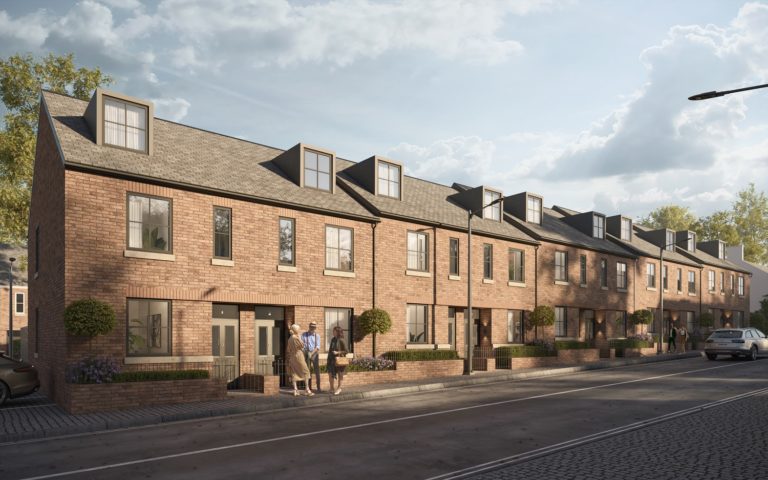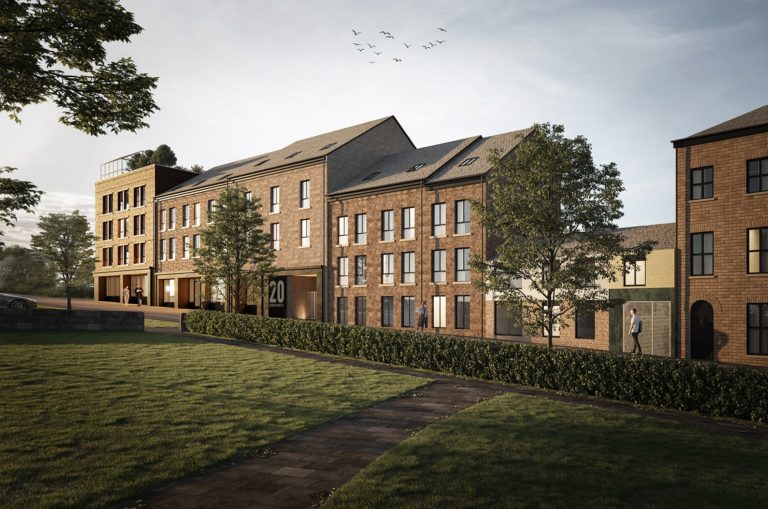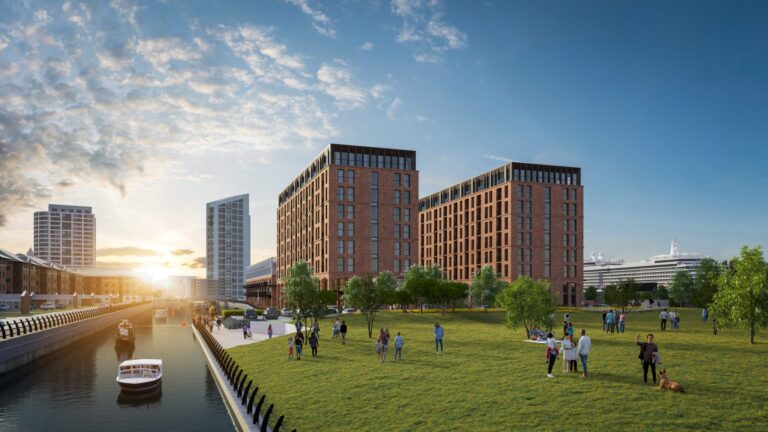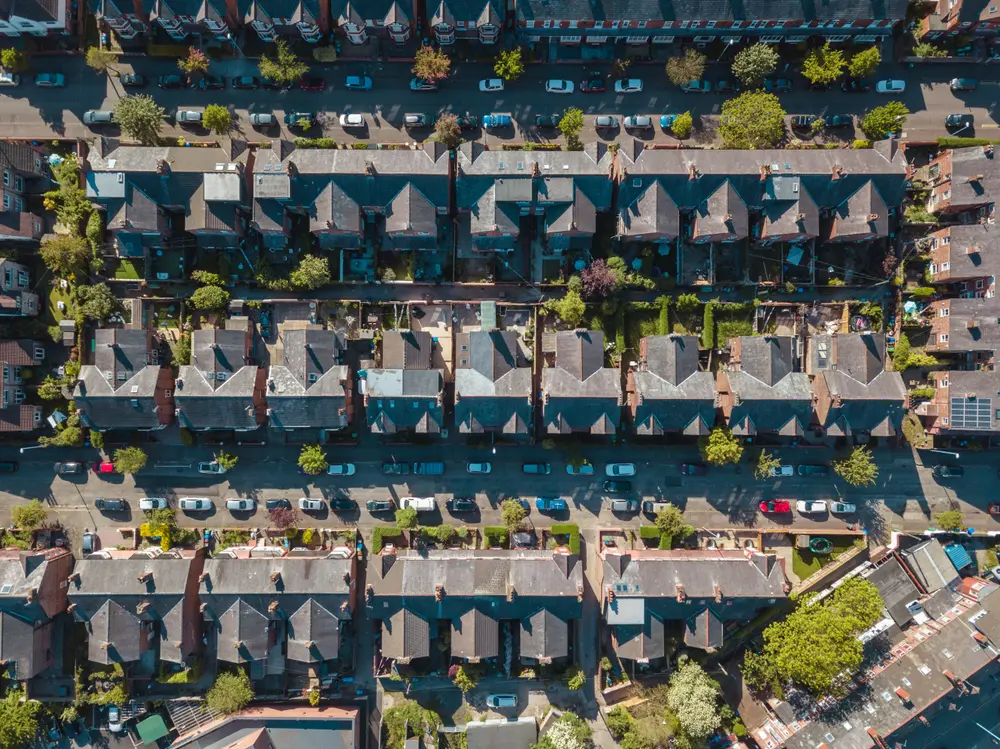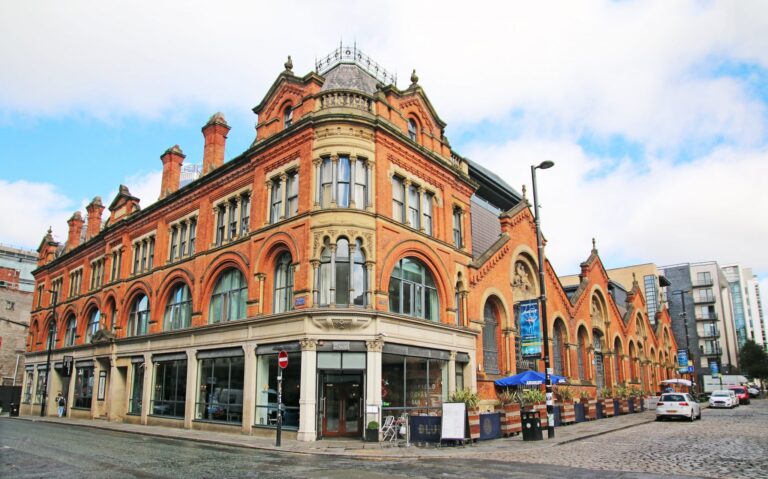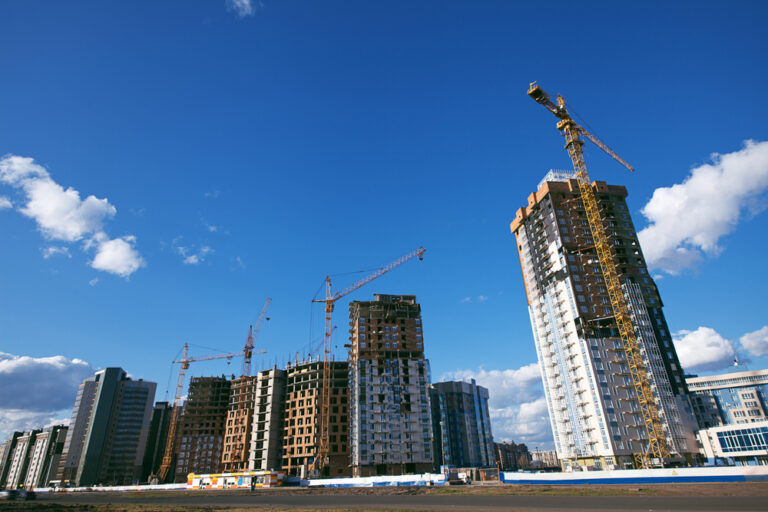Everyone is talking about the build-to-rent (BTR) sector as it continues on its outstanding growth trajectory, and it reveals a lot about the UK’s rental demand.
The growth of this niche sector in the property market has been exponential in recent years, led by London but now followed by many of the country’s major towns and cities. Predictions from Savills even say that the sector could double in size within a few years.
This modern type of housing, which sees developments being built and tailored specifically to the needs of the UK’s huge number of renters, is arguably giving traditional buy-to-let a run for its money. Often backed by institutional investors, there are also opportunities for individual investors to get involved in the space.
New comments from the British Property Federation (BPF), which has been tracking the sector’s performance since its inception, demonstrating just how important this property type is in today’s housing market.
The BTR model: a boost for the north
While the sector arguably took hold in London well before anywhere else, the tables are turning as other rental markets gain dominance. Over the course of last year, 13,527 new homes began construction in regional cities, which is more than three times the level seen in the capital.
Ian Fletcher, BPF director of real estate, says: “The sector continues to expand rapidly and in 2021 we started to see signs that delivery across the regions is beginning to outpace London.
“It is not just about increasing housing provision it is a major economic driver, helping attract and retain skilled workers and serving as a catalyst for urban regeneration.
“The strong growth of the BTR sector across the regions will support the government’s levelling up initiative and help revitalise town and city centres.”
Rental demand still going strong
The growth in the development of this sector is a testament to the strength seen in the market. People are becoming homeowners later than ever, while many young professionals in particular – as well as middle-aged ones – value the flexibility and lifestyle that renting can bring.
This is particularly the case in BTR property, as the developments are created with long-term tenants in mind. This means more communal spaces, more shared outside space, workspaces to keep up with the high number of home-workers, and facilities such as gyms and concierges.
BPF figures show that there are now 70,785 completed units of this type across the UK. This is 26% more than the previous year. There are also 141,215 either under construction or in planning, which is more than 10,000 more than in 2020.
In regional cities, such as Manchester, Birmingham, Liverpool and Sheffield, there has been a 27% year-on-year increase in the number of units under construction, up to 26,820 as of Q4 2021.
Reducing residents’ carbon footprint
Jacqui Daly, a director of residential research at Savills, says: “The geographic spread of this housing model shows that many more local authorities are beginning to understand the need for new rental stock and planning consents are rising as a consequence.
“At the same time, BTR is becoming hugely competitive for investors, with a record level of capital deployed in the sector in 2021. If investors are able to find markets and stock to invest in, we expect delivery in the sector to double in size within a few years.”
The social and environmental impact of housing developments is also coming to the fore more than ever right now, and this is something both developers and investors are increasingly aware of. Like many parts of the UK housing market, it is likely to face growing scrutiny in this respect.
Robert Sloss, group chief executive and founder of HUB Residential, says a key priority for BTR is to show investors how the sector is supporting their ESG (environmental and social governance) targets. He cites Edinburgh as a place where local authorities are also interested in this, with the council targeting net-zero carbon by 2030.
He says: “City living in well-designed buildings can significantly reduce residents’ carbon footprints, so it is encouraging that metropolitan BTR is increasingly in demand across the country. We want to see an intelligent and measurable approach to carbon reduction and ESG.”
